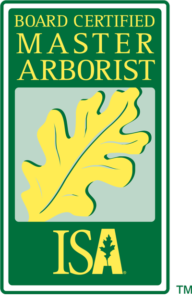Native Trees for a Wildlife-Friendly Yard
Your yard can be more than just a beautiful extension of your home; it can be a haven for local wildlife. Native trees play an essential role in creating a wildlife-friendly yard. These trees not only add beauty to your landscape but also serve as natural habitats for various species of birds, insects, and small mammals. Here’s how you can utilize native trees to attract wildlife and contribute to local ecosystems.
Why Choose Native Trees?
Native trees are those that have grown in a specific region for hundreds or even thousands of years. Because they are well-adapted to local conditions, these trees generally require less maintenance, such as watering and fertilization. They are also more resistant to local pests and diseases. Here are some other advantages:
- Sustainability: Native trees are more likely to thrive, reducing the need for chemical interventions.
- Diversity: These trees support a wide range of local wildlife, from birds to beneficial insects.
Top Native Trees for Attracting Wildlife
- Live Oak: Provides shelter and acorns for various species.
- Southern Magnolia: The large, fragrant flowers attract pollinators.
- Bald Cypress: Attracts a variety of bird species.
- Pine Trees: Provide seeds for ground-feeding birds and mammals.
- Florida Maple: A native variety that provides both food and shelter for small animals.
How to Get Started
- Research: Look into native trees that are suitable for your specific area.
- Planning: Choose a layout that maximizes the potential for wildlife habitation.
- Planting: Make sure to follow guidelines for planting depth, spacing, and care.
- Maintenance: Keep an eye out for signs of disease or pest issues, though native trees are generally less prone to such problems.
Conclusion
Creating a wildlife-friendly yard is a fulfilling endeavor that benefits both you and the local ecosystem. Native trees play a pivotal role in this, offering various advantages from low maintenance to higher resistance against pests. If you need professional guidance on which native trees would best suit your yard, contact us for an arborist consultation.


